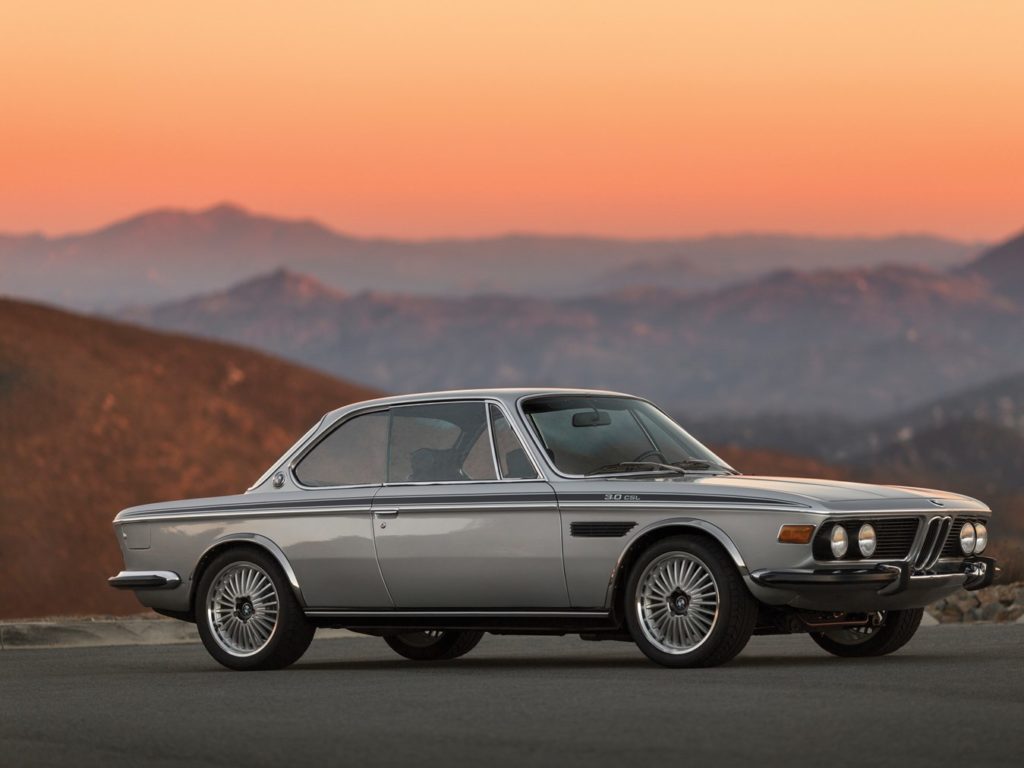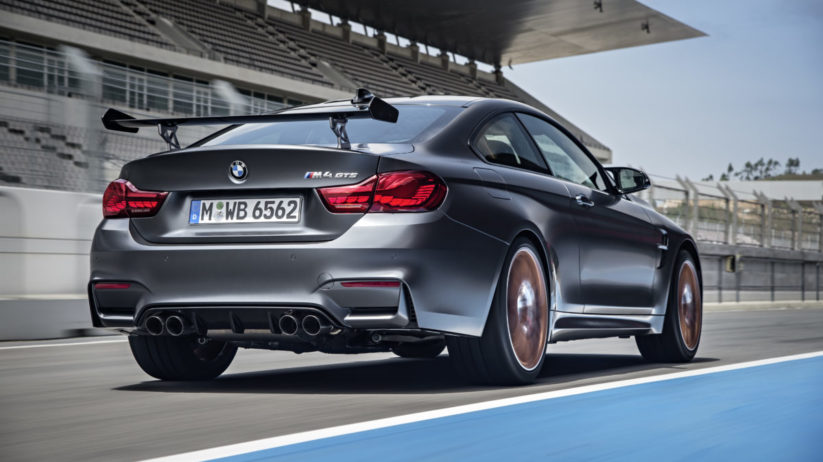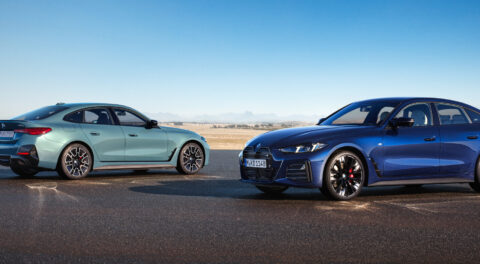Last year it was widely reported that BMW had been working on trademarking the CSL model suffix. Recently, an unnamed spokesperson for the automaker confirmed to The Drive that the iconic badge will be replacing the high-performance GTS designation, and new patents indicate that the CSL label will applied to future iterations of the M2, M3 and M4. Last seen on the limited-production 2004 E46 M3 CSL, the moniker will represent the highest performance tier available from BMW, with the exception of their production race cars.
Slotting below CSL will be CS and Competition models, with M Performance models like the M240i or M550i acting as the foundation, rounding out total of five different performance tiers.

The letters CSL first adorned the back of a BMW when the E9 3.0CSL was introduced during May 1972. Built as a homologation special, the 3.0CSL held true to the literal translation of CSL—Coupe Sport Leicht—via its use of thinner sheet metal, stripped-down amenities, and the eschewing of certain trim pieces.
A track-oriented, lightweight version of the E46 M3 was the next car to carry the badge, with 1,400 examples produced for the 2004 model year. Although never sold in the U.S., various E46 M3 CSL-inspired modifications have filtered over here, the coolest being the carbon-fiber air-intake setup, which makes for unmistakable sound.
In 2011, using the E92 M3 coupe as a basis, BMW changed things around. Branded GTS, only 135 copies were manufactured, and instead of the standard four-liter S65 V8, power came from a 4.4-liter variant developing 444 horsepower. Weight savings were extensive, and accounted for a 300-pounds-lighter footprint than before, thanks in large part to a stripped-down, minimalist interior.

For model year 2016, the M4 picked up where the E92 M3 GTS left off. Fitted with water injection, a limited color selection, and carbon-fiber accouterments highlighted with orange-gold accents, the M4 GTS remains among the highest performing and most capable production BMWs—not only in comparison with current production models, but of all time. The high-dollar OLED tail lamps remain eye-catching even a few years later, as technology has done its best to catch up, and the wheel design has also proven immensely popular. Unfortunately, even with a spartan interior with specialized seats, and widespread use of carbon-fiber throughout the car, weight was within spitting distance of the garden-variety M4, only 60 pounds lighter.

Now it sounds like BMW is ready to take another crack at things. The M3 and M4 CS (Competition Sport) are slotted above Competition Package-equipped and Competition-branded cars like the new M2 Competition and M5 Competition. The CSL, as mentioned above, is intended to be the top tier in terms of performance that customers can purchase and drive home from their local dealership. Details relating to the specific changes that will make the already razor-sharp M lineup even sharper haven’t been divulged, but we expect the usual array of tightening, lightening, and tuning—and we also hold out hope for more fresh technologies like those that debuted on the 2016 M4 GTS.—Alex Tock

[Photos courtesy of BMW AG, RM Sothebys]





















